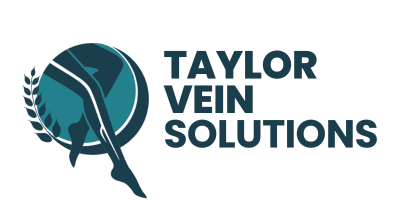Varicose veins, spider veins and chronic venous insufficiency are under-treated health problems with high risk for progression. These venous conditions typically develop as a result of faulty veins, damaged or weakened by venous reflux. Our minimally-invasive treatment process is comprehensive and each procedure is explained in detail to our patients. Prior to seeking treatment however, patients often have some questions regarding our practice, the procedures, and recovery. Below are some of the most common questions that we receive regarding our services. It is important to us that our patients feel comfortable and at ease when attending any appointment.
How are venous conditions treated?
Venous conditions can be treated in a variety of ways, including endovenous ablation. This minimally invasive method is used most at TVS. The process involves closing the refluxing vein so that the blood will redirect to other healthy veins. This can be done using heat (thermal or radiofrequency endovenous ablation) or using a foam injection (chemical endovenous ablation). Most patients feel little to no pain during our procedures.
How many procedures are needed?
The number of appointments necessary depends on the individual patient. On average, most patients receive between 4-6 treatments, each targeting a different segment of a refluxing vein. Each treatment is done on separate days with follow-up ultrasound scans in between. Patients often return to work the day after a procedure.
How long does the procedure last?
The actual procedure only lasts between 15-30 minutes, but the appointment length is 1.5 hours. This additional time is used to bring the patient into the room, measure vital signs, and prepare for the procedure. The procedures are performed in our office, so patients do not have to travel elsewhere for treatment.
Does the procedure hurt?
Treatment is minimally invasive and utilizes local anesthetic to numb the small access area. Patients will typically feel a pinch followed by a slight burning sensation as the anesthesia is injected. Beyond this, patients usually feel pressure and prodding at the legs and minimal-to-no pain.
How long do I have to wear stockings?
During the course of treatment, patients are required to wear compression stockings and to bring them to every procedure. After completing all treatments, we require that patients wear compression stockings for a minimum of 6 weeks. We always encourage wearing compression stockings daily, as they aid in directing blood flow correctly.
Is this covered by my insurance?
Most insurance companies cover venous ablation if there is an underlying venous disease, such as venous reflux. Before any treatment is performed, authorization is required from the patient’s insurance company (this authorization is obtained by our staff) for the insurance benefits apply. If insurance benefits apply, patients are responsible to pay their deductible prior to treatment. Venous conditions can sometimes result from other causes though, in which case insurance may not cover if the treatment is viewed as cosmetic.
How long is the healing process?
There is no “down-time” between procedures. We require that our patients be active after their procedures, walking at least 5-10 minutes every hour during the daytime. After all the treatments are completed, we ask that patients continue to wear their compression stockings for another 6 weeks.
Do varicose veins come back?
Once a vein has been treated using endovenous ablation, the treated segment of vein cannot reopen. However, since the veins are interconnected with each other, additional varicosities may develop in connecting tributaries and accessory veins. Treatment of additional varicosities should be discussed with a vein specialist.
Are varicose veins and spider veins the same?
They are not the same, but they are related as both are manifestations of an underlying venous condition. Varicose veins are large, swollen blood vessels that may or may not be visible from the skin. Spider veins are smaller, web-shaped red, blue, and purple veins that appear on the surface of the skin.
Are stretch marks related to venous conditions?
No, stretch marks are unrelated to venous conditions. Pregnancy, rapid weight change, and weightlifting commonly predispose people to develop stretch marks. These are often contributing factors to the development of venous conditions as well, but the two are not related as stretch marks are a skin condition.


